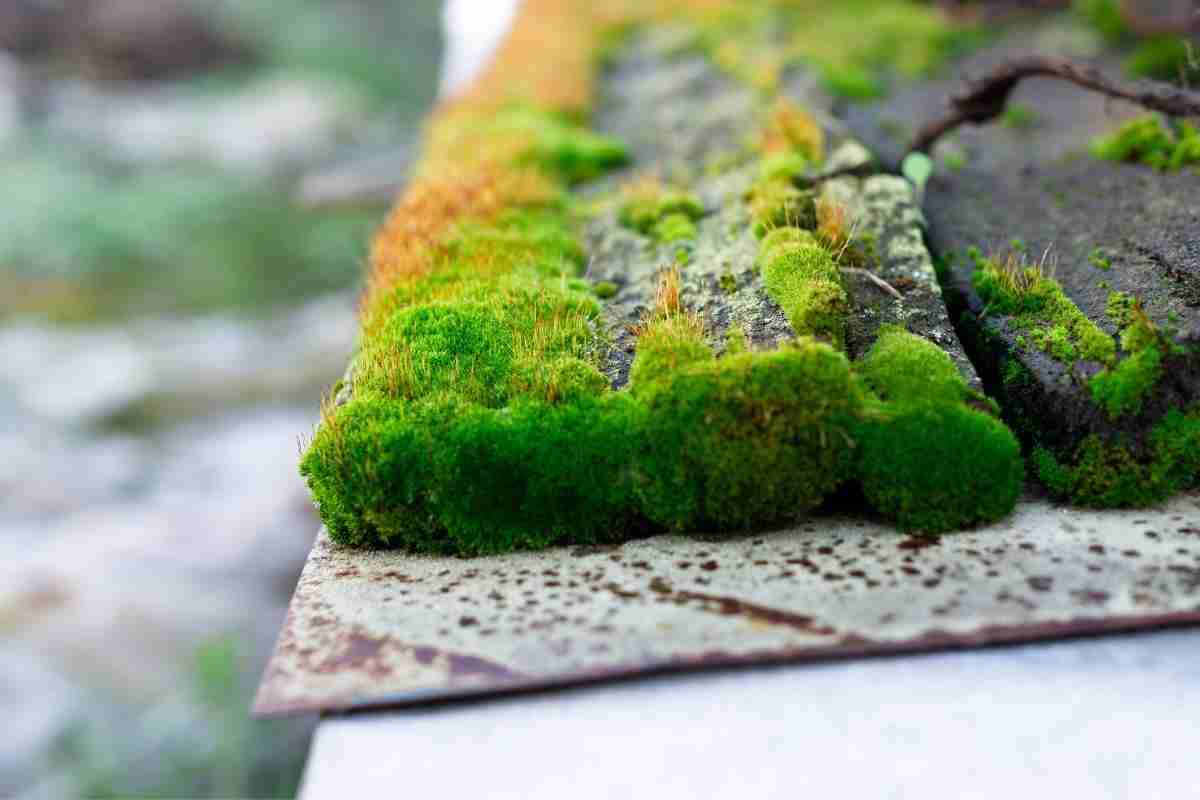
What Is The Best Time To Apply Moss Killer To The Lawn?
Read more
What Is A Moss Pole? And Why Are They Used?
Read more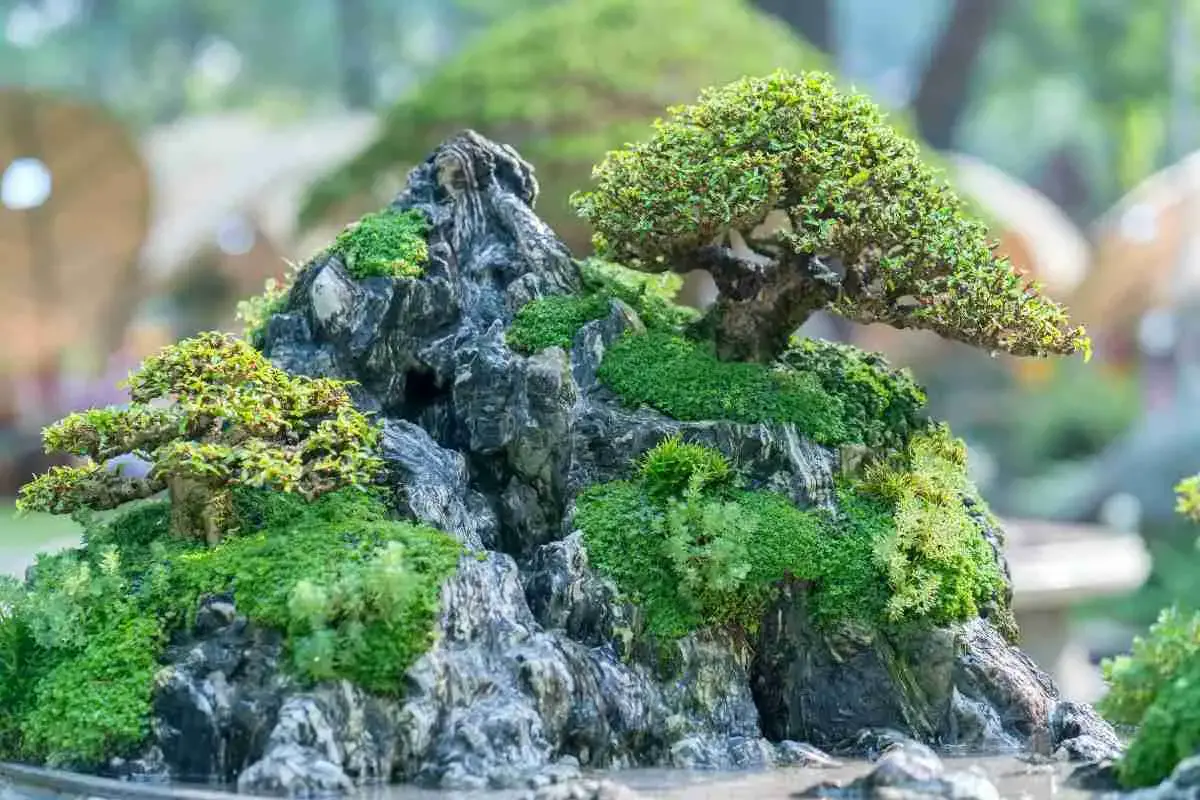
6 Types Of Moss For Bonsai: Bonsai Moss
Read more
The best types of Moss for Terrarium. How to Choose, Grow and Care
Read more
What to do if your Christmas moss turns brown or yellow? Find out how to bring your moss back to life
Read more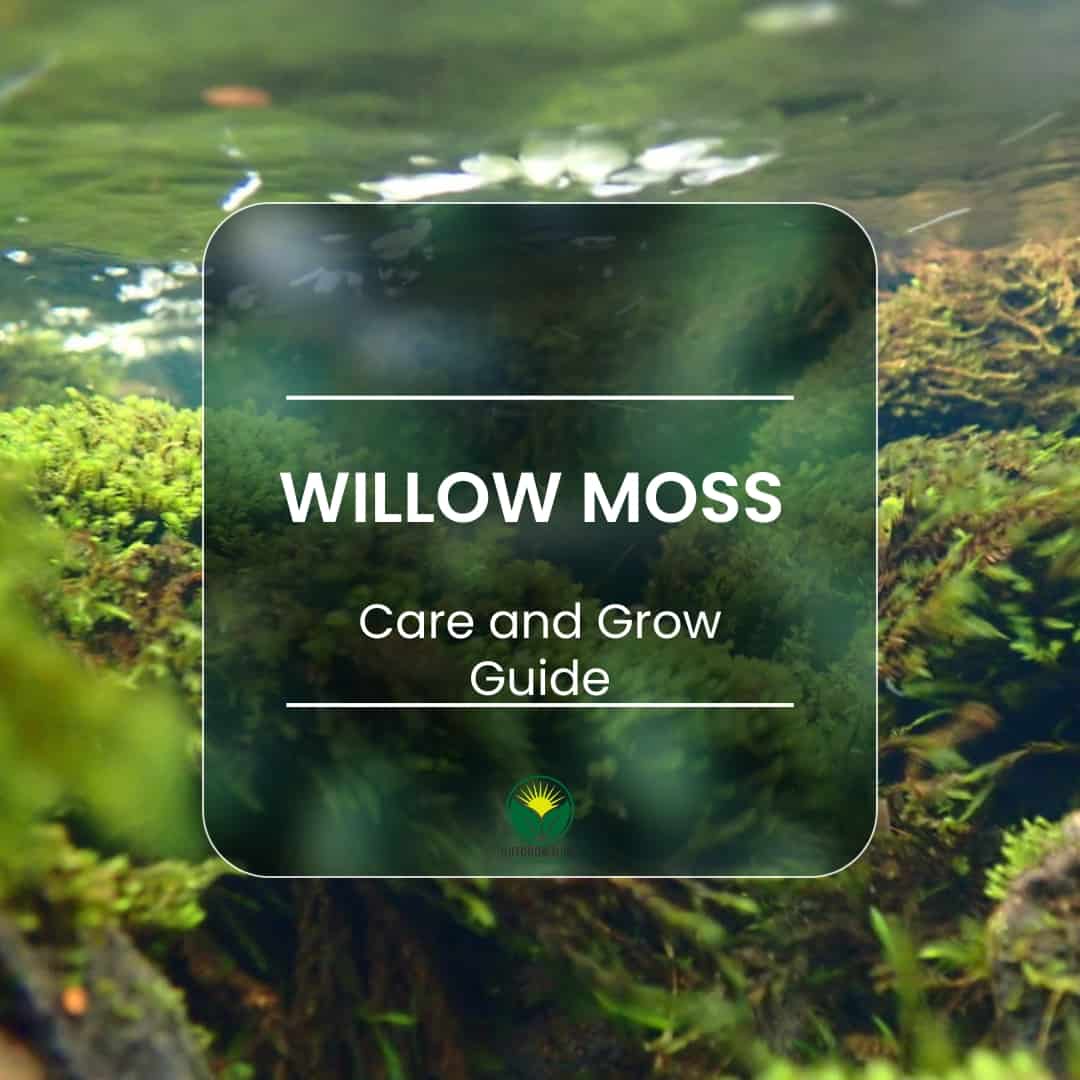
Willow Moss (Fontinalis Antipyretica). The aquatic moss par excellence. How to take care of it and make it grow in aquarium
Read more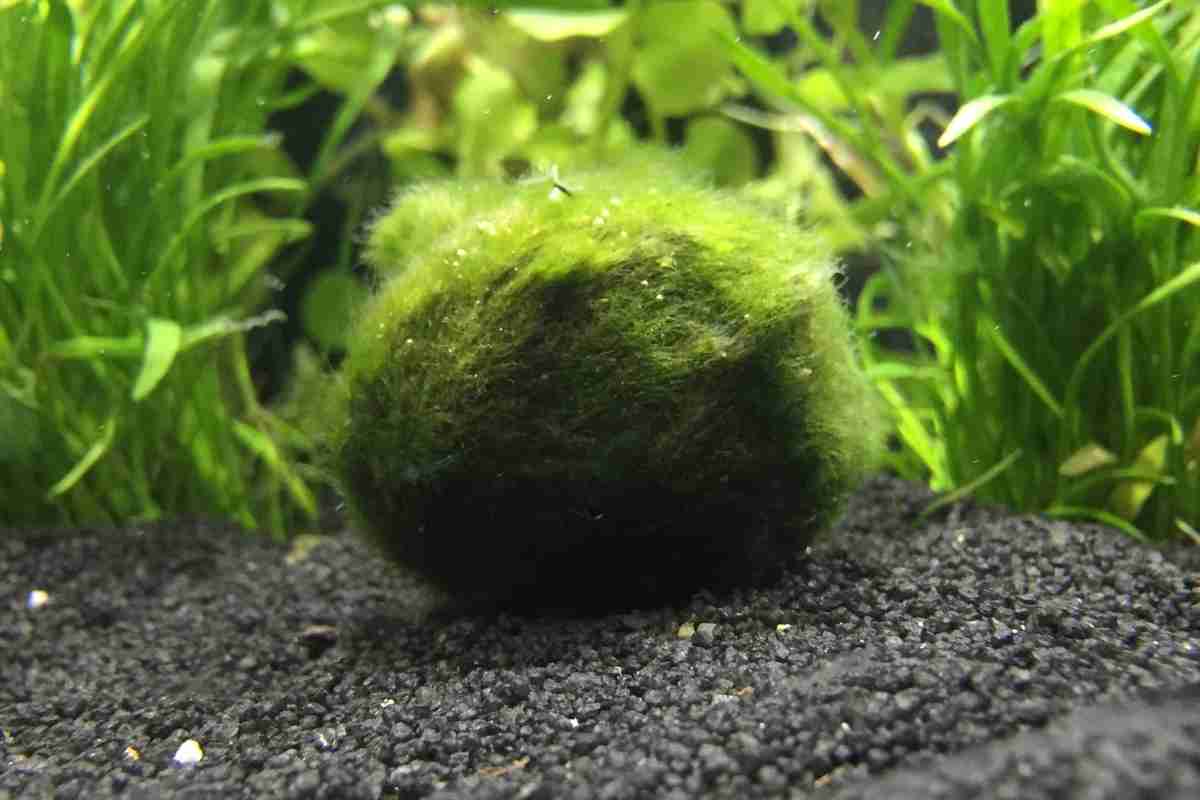
Marimo Moss Balls: Are They Safe?
Read more
Buttermilk To Grow Moss: Weird, But Effective!
Read more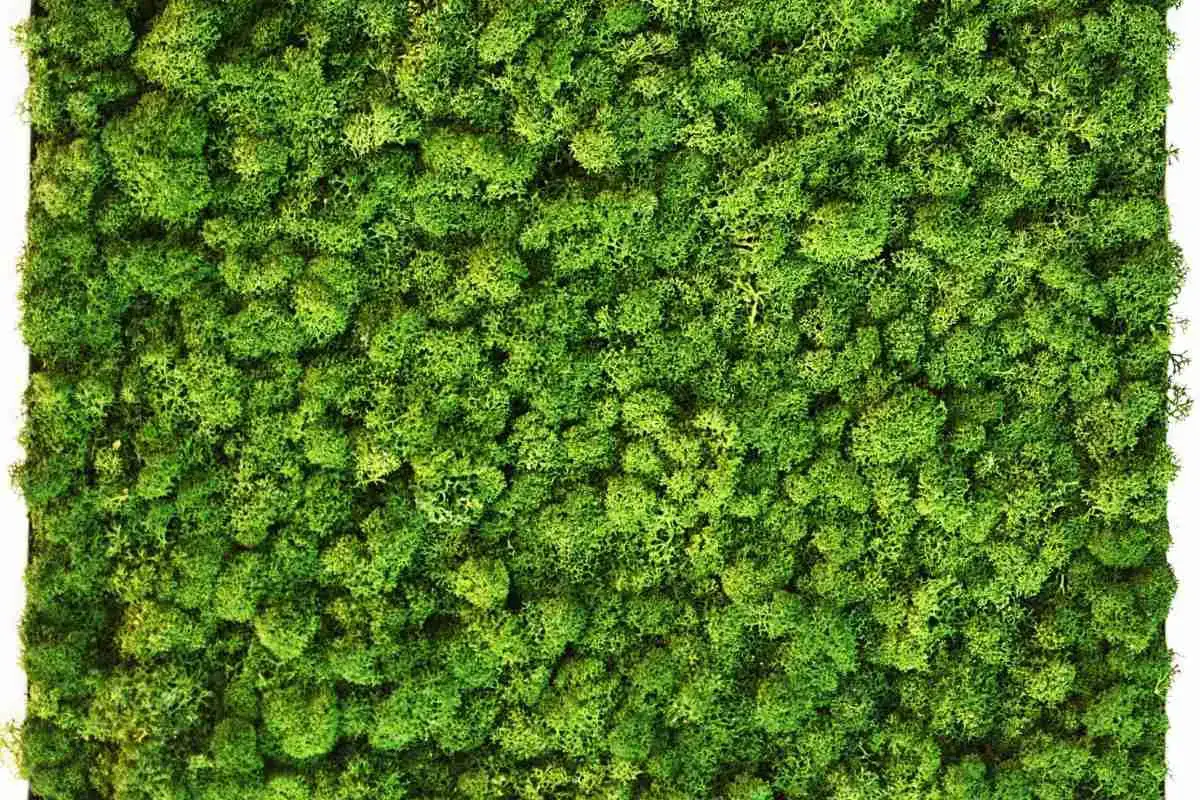
7 Easy Steps To Make An Outdoor Moss Wall
Read more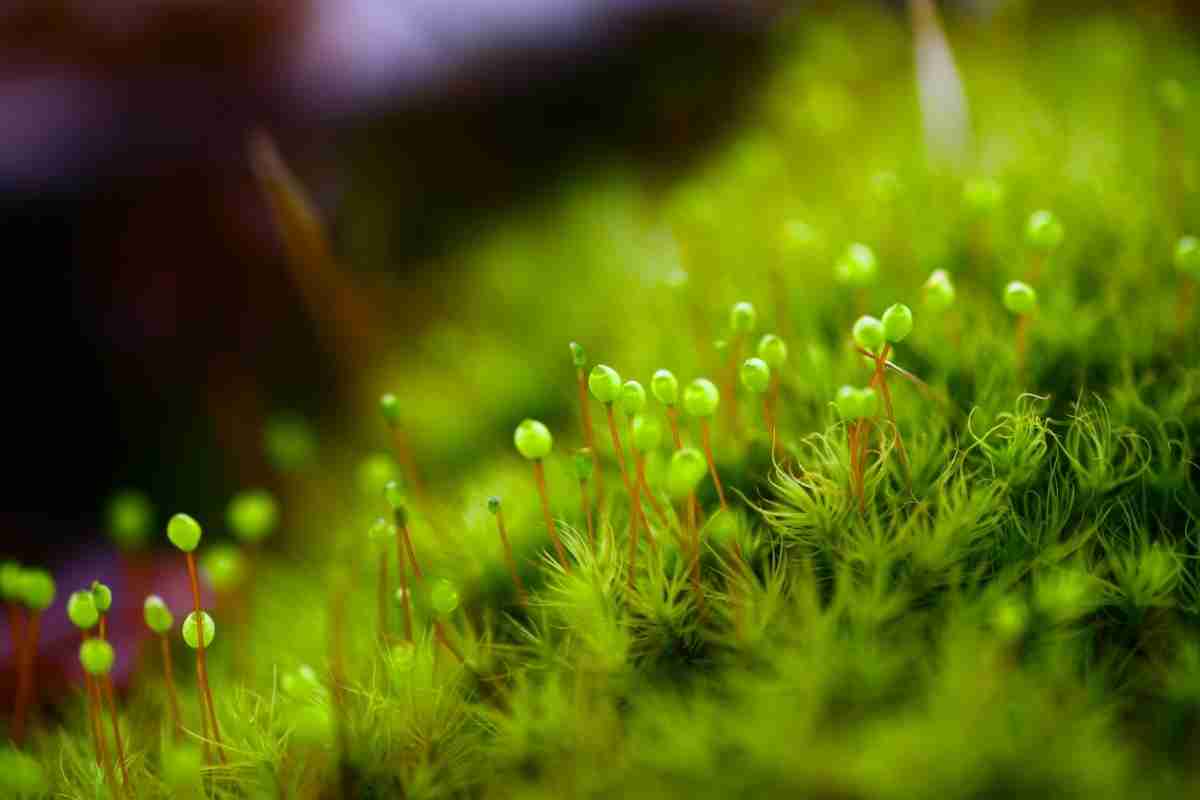
How Does Moss Reproduce? (Asexually And Sexually)
Read more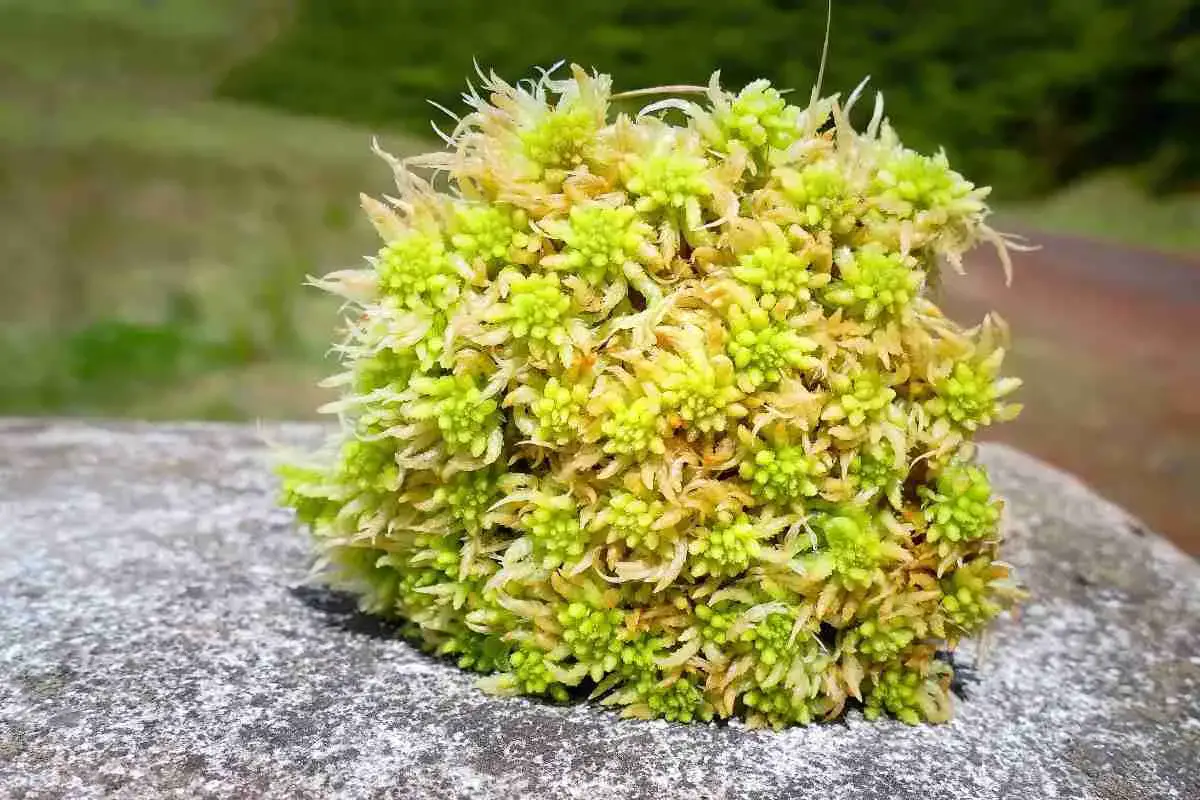
Does Sphagnum Moss Turn Green? Live Or Dried
Read more